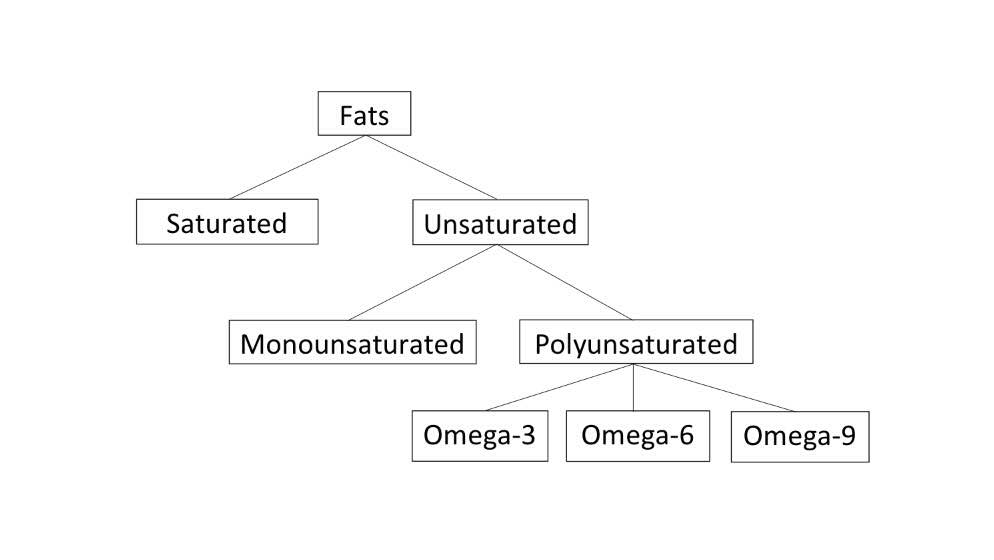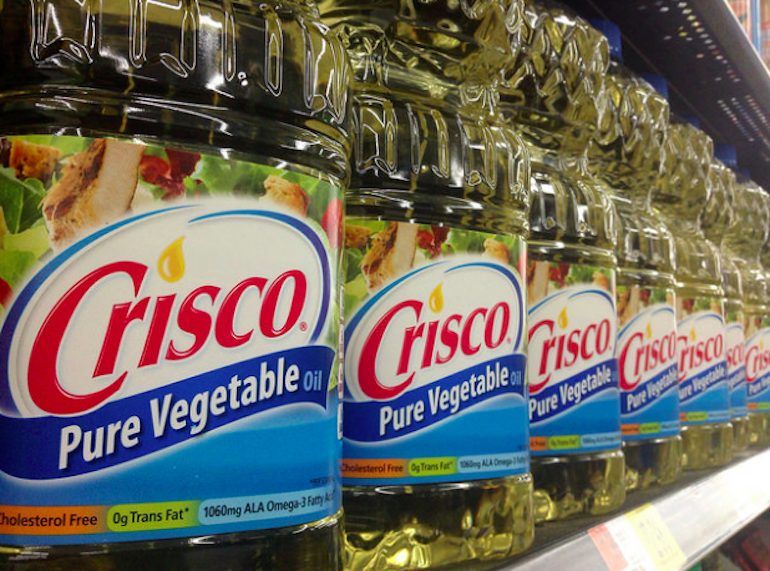When people find out that I care about what I put in my body, they will almost always make one of two assumptions: 1. I’m a vegetarian or vegan, or 2. I don’t eat gluten.
Although one (or both) of these is often true for many health-conscious folks, these assumptions are not inherently true for me (although I am extremely particular about the animal products and grains that I consume). My “restrictions” look a bit different, and one of them is this: I absolutely shun vegetable oils.

Gif courtesy of giphy.com
Before we really dig into the why, it’s important to clarify what I mean when I say “vegetable oils.” Inaccurately named, the term “vegetable oils” refers to seed and seed-esque oils such as rapeseed (canola), safflower, sunflower, cottonseed, corn, and soybean.
These crops are grown using the practice (commonly regarded as harmful and destructive) of monoculture, and are nearly always genetically modified. To obtain vegetable oils, the raw materials must go through a multi-step solvent extraction process involving petroleum solvents, chemical bleaches, and deodorants.
Besides the issues of monoculture, genetic modification, and the solvent extraction processing method, why won’t I consume vegetable oils? Vegetable oils nearly always fall into the category of “good” fat, don’t they?
Welllll, it’s not that simple. First of all:
we really really really need to stop using the words good and bad when talking about food and nutrition smh
— yes way rosé (@rose_gerber) January 20, 2016
Usually, when a food or food product is called “good” or “bad,” there’s more to the story. Calling things good and bad oversimplifies and skews concepts that are actually not extremely complicated in the first place. The good fat/bad fat concept is a prime example of this.

Photo by Rose Gerber
Fat is either saturated (meat, eggs, dairy products, coconut oil, palm oil) or unsaturated. Unsaturated fats can be either monounsaturated (avocadoes, olive oil, nuts) or polyunsaturated.
The category of polyunsaturated fats can be further divided into omega-3s, omega-6s, and omega-9s. Our body produces omega-9s on its own, so we will not be discussing those. Omega-3s and omega-6s, however, are not produced in the body and must be derived from dietary sources.
Omega-3 fatty acids originate in green plants, where they help with the process of photosynthesis. Omega-6 fatty acids originate in seeds, where they help nourish the germinating seedling. Vegetable oils are derived from seeds, which means they are composed chiefly of omega-6 polyunsaturated fats.

Photo by Jenny Georgieva
We consume omega-3s in the forms of leafy greens, products from animals who eat leafy greens (grass-fed beef and dairy products), and products from animals who eat other creatures who eat leafy greens (wild salmon, pasture-raised chickens/eggs).
We consume omega-6s in the form of seeds themselves, seed oils, and products from animals who are fed seeds (animals in the factory farming system, from which the vast majority of our animal products come, are fed corn and soy-based feed).

Photo by Emily Waples
The big issue here is that the average American eats way more omega-6s than omega-3s. Anything deep-fried is usually fried in vegetable oil. Almost all processed foods contain vegetable oil. In fact, a doctor at the NIH estimates that soybean oil makes up about 10% of our total calories in the United States.
We don’t eat a lot of leafy greens, and most of the animal products consumed in the US come from the factory farming system, in which the animals don’t see—let alone eat—anything green. In fact, the typical ratio of omega 6s to omega 3s in the average US diet is a shocking 15 to 1.

gif courtesy of giphy.com
This ratio is a huge issue. Ideally, it should be 1 to 1. Omega-3s and omega-6s compete for cell space and enzyme use, and when we eat them in such disproportionate amounts, they don’t function equally.
Omega-3s play a crucial role in maintaining proper brain function and decreasing inflammation. Omega-6s assist with brain function, are involved with growth and repair throughout the body, and promote inflammation. We need all of these processes to run smoothly, but with the typical omega ratio, the omega-6 functions run in overdrive, while the omega-3 functions are hindered.
The most talked about issue with this is inflammation. As mentioned above, Omega-3s decrease inflammation, while omega-6s promote it. Excess inflammation promotes cardiovascular disease, arthritis, autoimmune disorders, and cancer. This gives some experts reason to believe that the high vegetable oil consumption rates in this country, which cause widespread inflammation, are to blame for most of our health problems.

Photo courtesy of Mike Mozart on flickr.com
As previously mentioned, omega 6s have a function in our body, just as much as omega 3s do. As such, they are not bad, but they are not good either. Both are simply necessary. The ratio is the bad part, and it is because of this ratio that I choose to do my body a favor and abstain from vegetable oils.
By doing this, I am drastically reducing the amount of omega-6 fatty acids entering my body. Eating plenty of leafy greens and choosing only grass-fed animal products allows me to increase the amount of omega-3s entering my body to move towards a healthy, balanced ratio.


